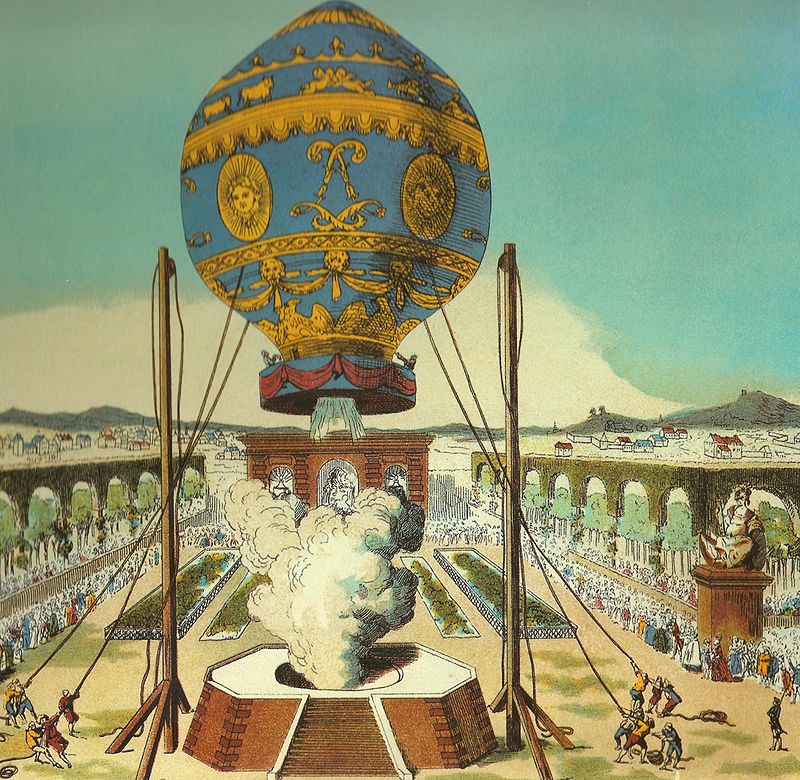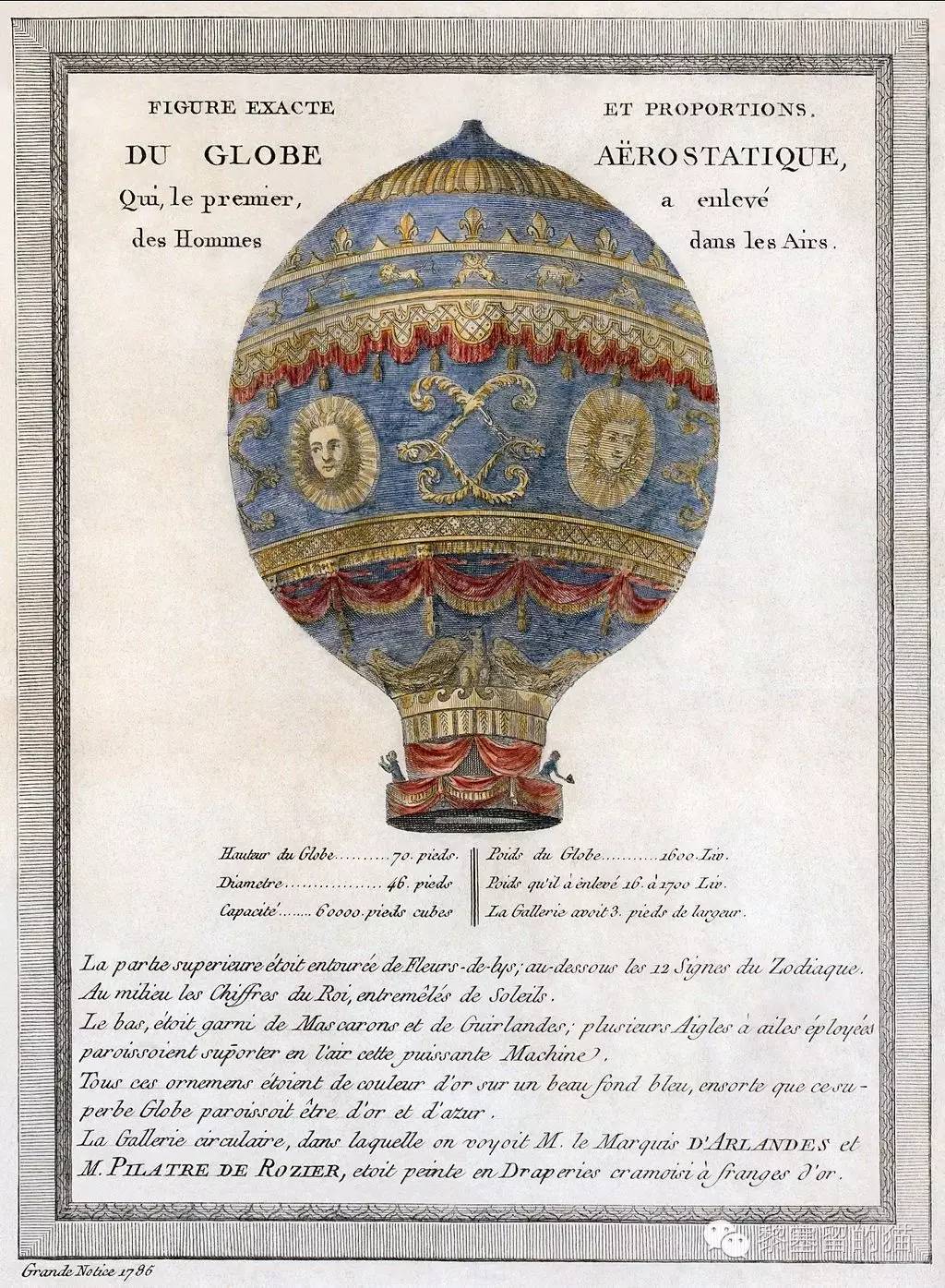As balloonists, we love to impart our knowledge on hot air balloons – man’s earliest attempt at flight.
All else superseded: airships, gliders, aeroplanes, helicopters, and even space travel.
Much similar to space travel, the earliest balloon passengers were not human, but were three animals – a sheep, a duck and a rooster! Many years later during the infamous space race, the Russians and Americans used comparable strategies. They sent dogs and chimpanzees into space to test the survival possibilities for humans. Some things never change, it would seem!
The notorious sheep, duck and rooster seemingly survived their experiences on the 19th of September 1783. This iconic moment declared flight safe for human life. It’s hard to imagine the reaction of locals as the balloon descended from the sky, landed safely and three farmyard animals casually jumped out!


